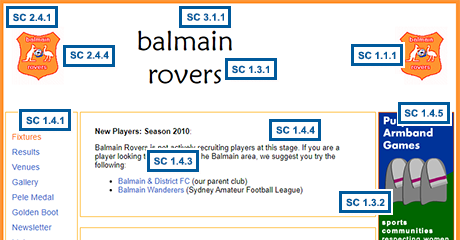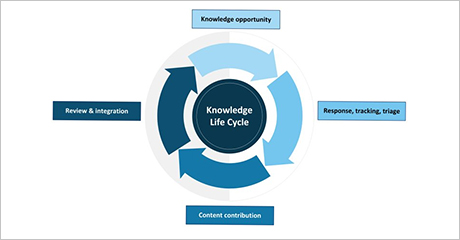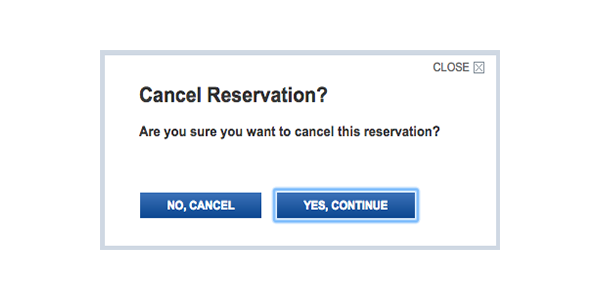How to test 3.2.6 Consistent Help
This is the first in a series of articles, looking at how to test each of the new Success Criteria in WCAG 2.2, beginning with 3.2.6 Consistent Help.

This is the first in a series of articles, looking at how to test each of the new Success Criteria in WCAG 2.2, beginning with 3.2.6 Consistent Help.
November 9, 2023 | Accessibility Strategy, KnowledgeBase Content, Technical

Identifying different kinds of multiple failures and understanding their nature will ultimately help web developers, designers, and content authors create accessible websites, and auditors to provide better guidance when they don’t.
August 14, 2023 | KnowledgeBase Content

Numbers are a key part of web content. It makes sense, then, that when we use numbers, they must be accessible.
July 10, 2023 | KnowledgeBase Content

I wrote an article in 2007 called Fieldsets, Legends and Screen Readers. It was my first post on the TPGi blog. I have been meaning to provide an update to…
May 16, 2023 | KnowledgeBase Content, Technical, User Experience (UX)

Part Two of an edited transcription of the presentation delivered by Hans Hillen (in person) and Ricky Onsman (via video) on 15 March at CSUN 2023, in which they share some of their experiences setting up the TPGi Knowledge Center.
April 24, 2023 | ARC Platform, KnowledgeBase Content, Technical

Part One of an edited transcription of the presentation delivered by Hans Hillen (in person) and Ricky Onsman (via video) on 15 March at CSUN 2023, in which they share some of their experiences setting up the TPGi Knowledge Center.
April 17, 2023 | ARC Platform, KnowledgeBase Content, Technical

Combining the accessibility and usability benefits of a native range input, with the markup and design flexibility of a pure custom slider.
March 9, 2023 | KnowledgeBase Content, Technical

Focused elements disappearing under sticky headers is a long-standing accessibility problem. Here’s a solution.
December 19, 2022 | KnowledgeBase Content, Technical, User Experience (UX)

Due to their nature, and depending on how they are constructed, Single Page Applications might need to use techniques to conform to specific WCAG success criteria that are different to those used on multi-page websites.
May 25, 2022 | KnowledgeBase Content

Many websites publish content that isn’t created by the website owner or author, from embedded videos, shopping carts, and social media feeds to maps, booking systems and comments on blog posts. Who is responsible for making sure third party content is accessible? And how?
April 18, 2022 | KnowledgeBase Content

This article is a guide to testing your web content using speech recognition, looking at the ways in which speech recognition users interact with content, and the accessibility considerations these imply.
March 15, 2022 | KnowledgeBase Content

Decorative animations impair recall and are a source of extraneous cognitive load, which may be a barrier to people with some cognitive disabilities.
February 3, 2022 | KnowledgeBase Content

Making websites accessible to people with cognitive disabilities is as important as it is for any other type of disability, and there are techniques you can use to ensure your web content and functionality is accessible to people with cognitive impairments.
December 21, 2021 | KnowledgeBase Content

The focus of this article is on the impact of various types of AI on testing for digital accessibility. As more and more websites make use of AI to enhance user experience, we need to be aware of the role of AI in potentially inhibiting web accessibility for people with disabilities.
November 8, 2021 | KnowledgeBase Content

The use of role=”text” is not valid ARIA; this role was considered for ARIA 1.1 but was not ultimately included. However it does have some proprietary support in Webkit browsers, and is sometimes used to address a reading quirk in VoiceOver for iOS.
November 1, 2021 | KnowledgeBase Content